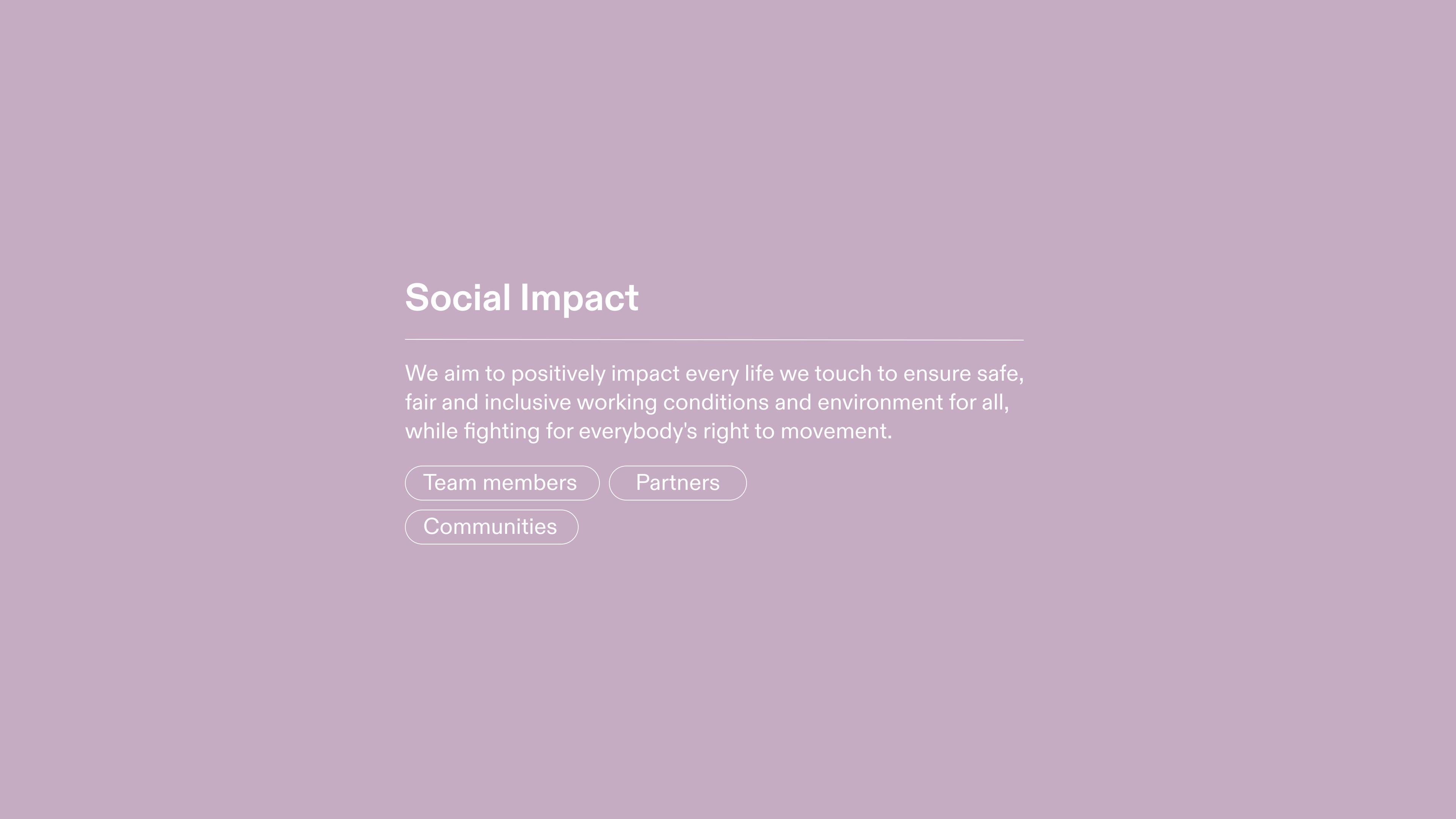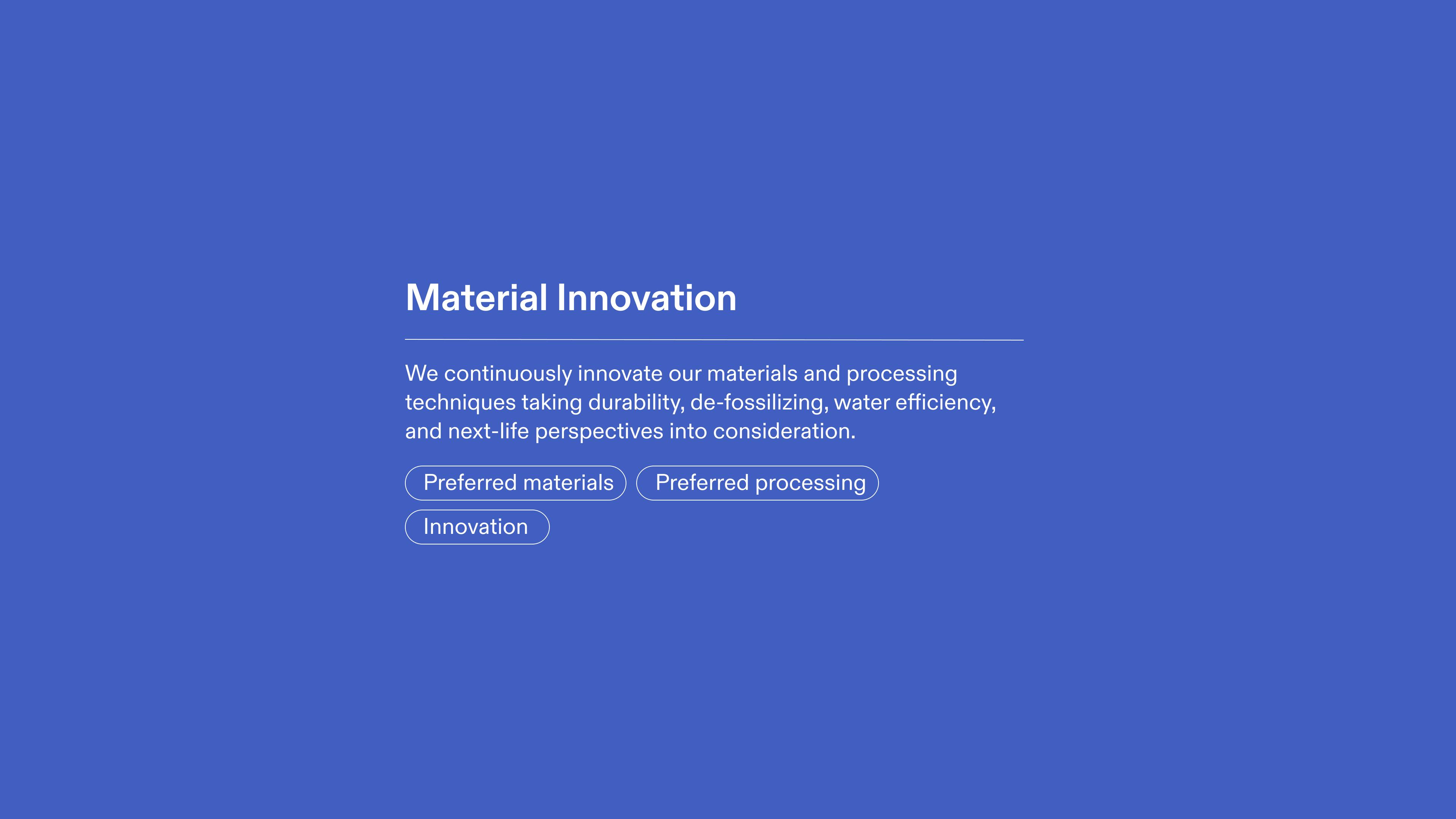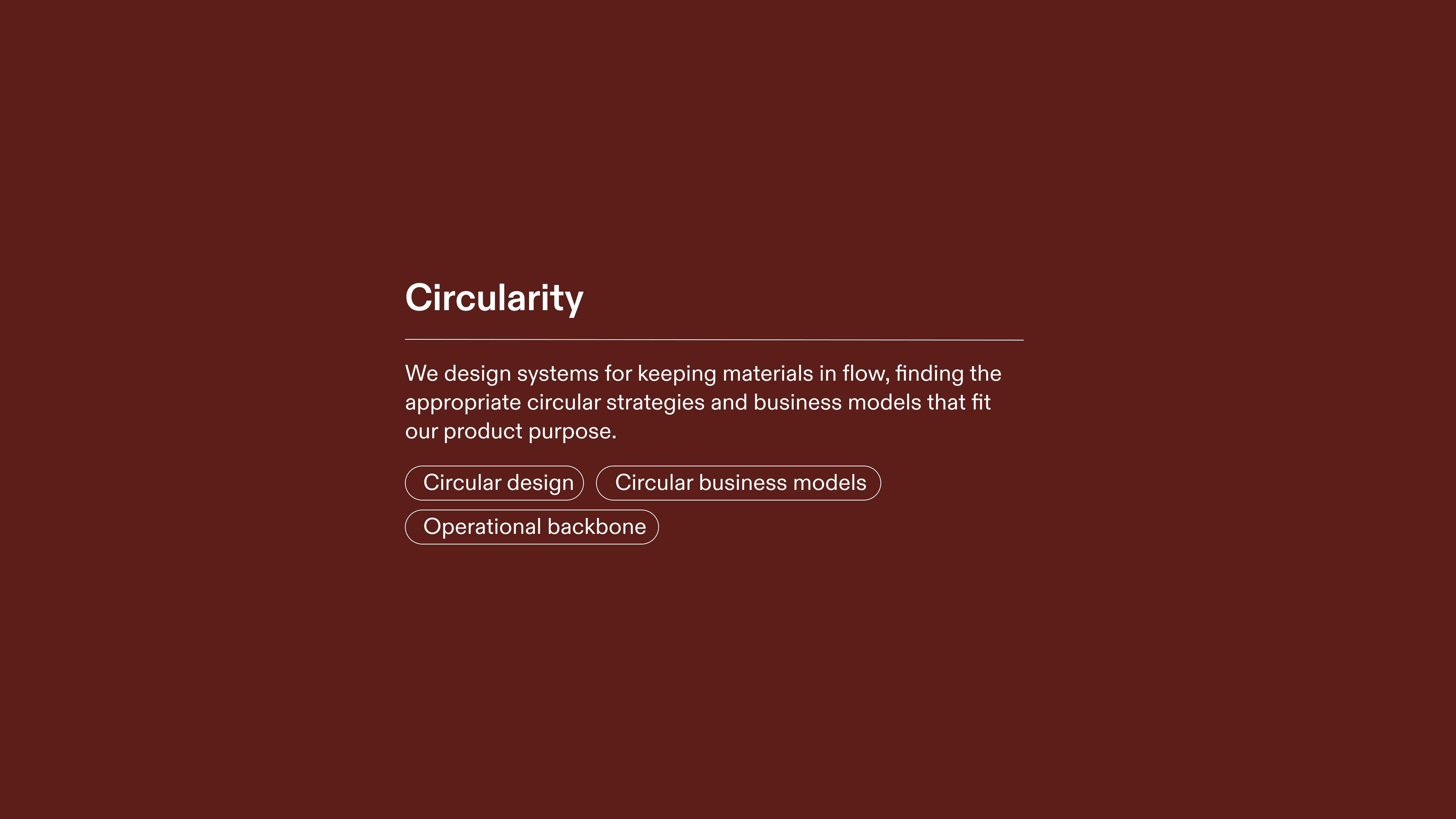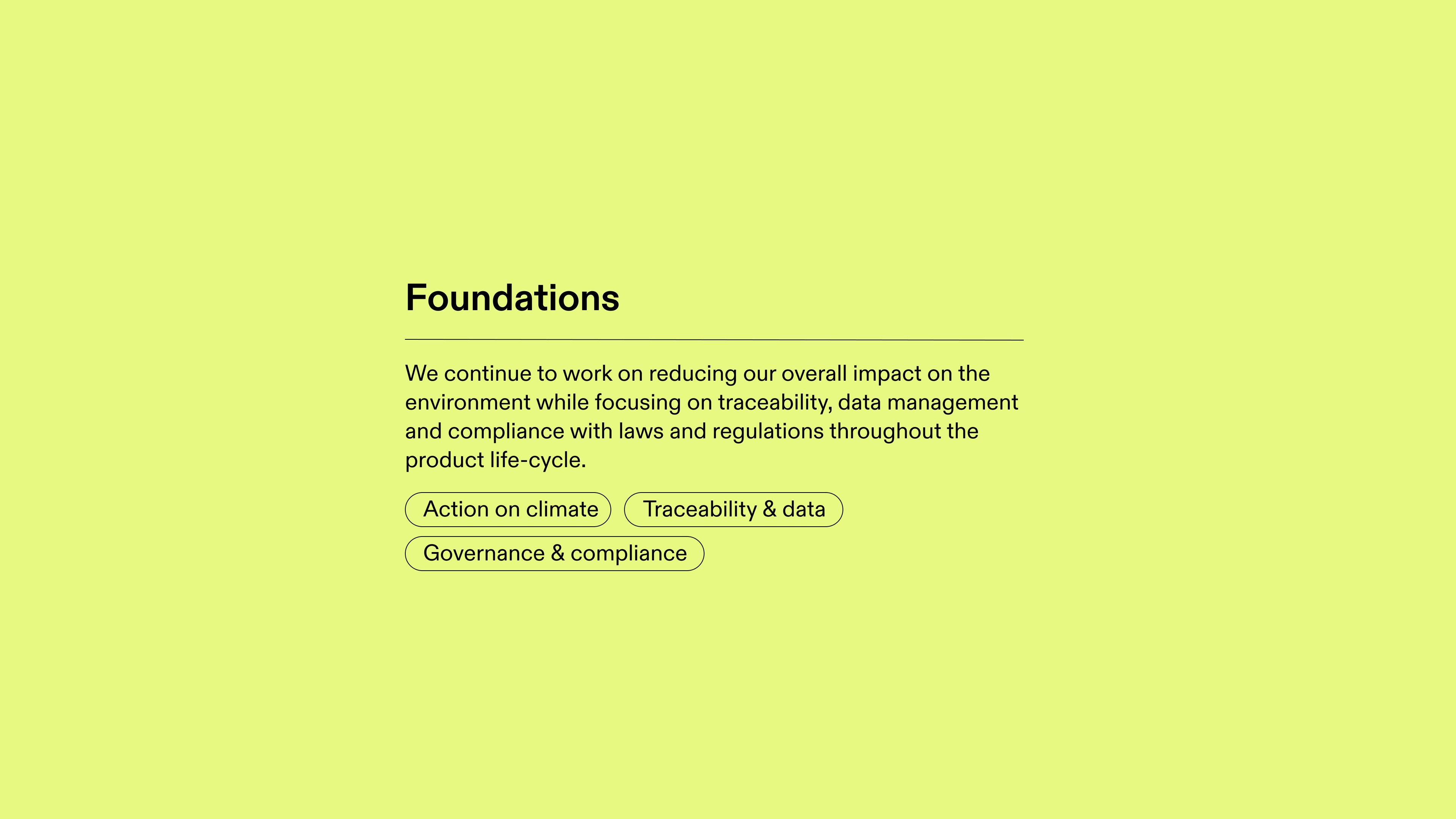In the sportswear industry, what we create shouldn’t come at the cost of people or the planet – instead, we can and should work towards creating a positive legacy, contributing to well-being and having minimal impact on the environment. Learn more about the process of redefining On’s impact strategy with Global Director of Sustainability, Begüm Kürkçü, and Sustainability Strategy Senior Lead Sammy-Jo Liefveld.

“In a world that’s continuously changing, we recognize the need to adapt and evolve. This past year has been one of profound growth and transformation for On, and as we’ve changed, so have the challenges we face. Yet, with such growth comes the opportunity to have an even greater impact, which is why we’ve redefined On’s impact strategy to help us achieve this. For us, sustainability encompasses both environmental stewardship and social responsibility, and our sustainability goals are deeply woven into the fabric of everything we do.” – Begüm Kürkçü, Global Director of Sustainability
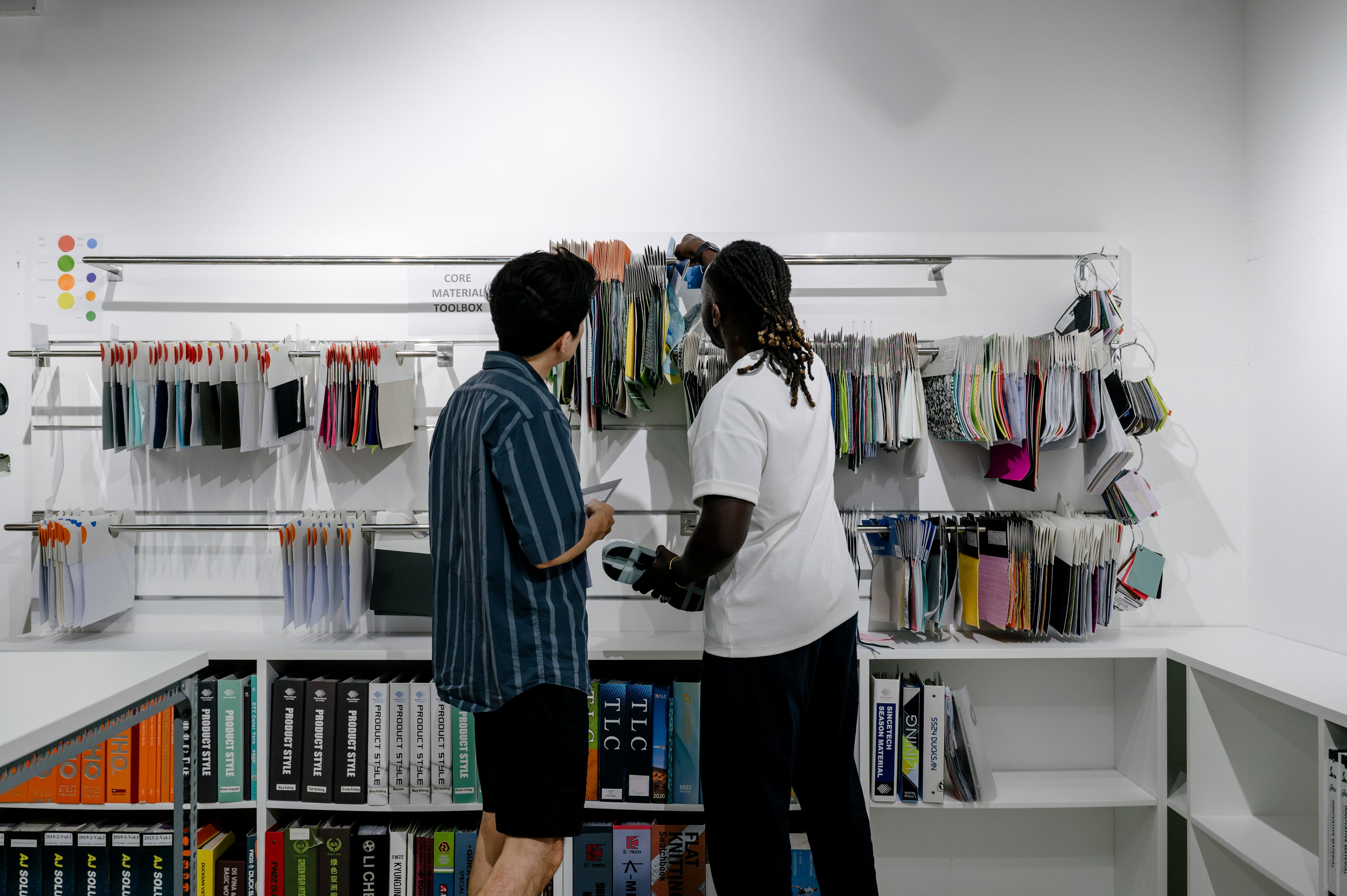
Over the course of the last year, we’ve reevaluated our impact strategy.
To achieve our impact goals, sustainability has to be woven into how our teams are thinking and how they are structured. In order to evaluate and advance our impact strategy, we needed to create a collaborative space where the global sustainability team would be able to work cross-functionally and effectively. Education and communication play a key role when we speak about change, first within the team but ultimately for the business so we introduced early on a new function that bridges the different goals and workstreams ensuring a clear strategy, education, and communication across stakeholders.
It was important to us to start this journey by understanding how we’re currently positioned and identifying which areas we need to tackle and evolve. We’ve looked at companies within and outside the sports industry, conducted interviews with external experts, considered the regulatory landscape, and tried to gather insights from all the teams that play a role in bringing our impact efforts to life. We basically asked the question “What do our customers, partners, and retailers expect from us?” over and over again building on our ambitions and willingness to make a difference.
Once we had a clear understanding and information to guide us on the different themes, we brought our management team on board and identified the key internal stakeholders that we needed to work with. Because Sustainability touches most teams within the organization – from sourcing, design, and innovation to marketing, commercial, and finance, among others – we built two groups based on: those who will be making decisions and those whose day-to-day work will have a direct impact on our goals.
From this point on, we conducted a series of sessions with both groups working together to better understand our strengths and weaknesses. From there, we could craft feasible, but ambitious targets through multiple rounds of discussion and alignment, which led to the impact strategy we see today.

We rely on education and communication to succeed.
We say that impact is a team sport and throughout the entire process of redesigning our strategy, we’ve worked with a range of stakeholders across the company. This was step one, and the collaboration we established needs to continue to thrive. All stakeholders are key for the roll-out of our impact efforts.
Bringing together different areas is not always easy, while the goal is the same, expectations and priorities will be different. Throughout the process, we learned to adapt what kind and how to present information – different functions value or will be more engaged by different aspects of sustainability.
We’re also going step-by-step on the education piece. We’re dealing with complex topics and we’re aiming high. Helping the team to digest information in the short term, bringing clarity on the basics, and outlining the day-to-day impact helps to keep teams engaged and focused. One of the goals now is to continue this work and create a roadmap for scale. We’re collecting all the learnings that we've had so far and pouring them into something tangible.
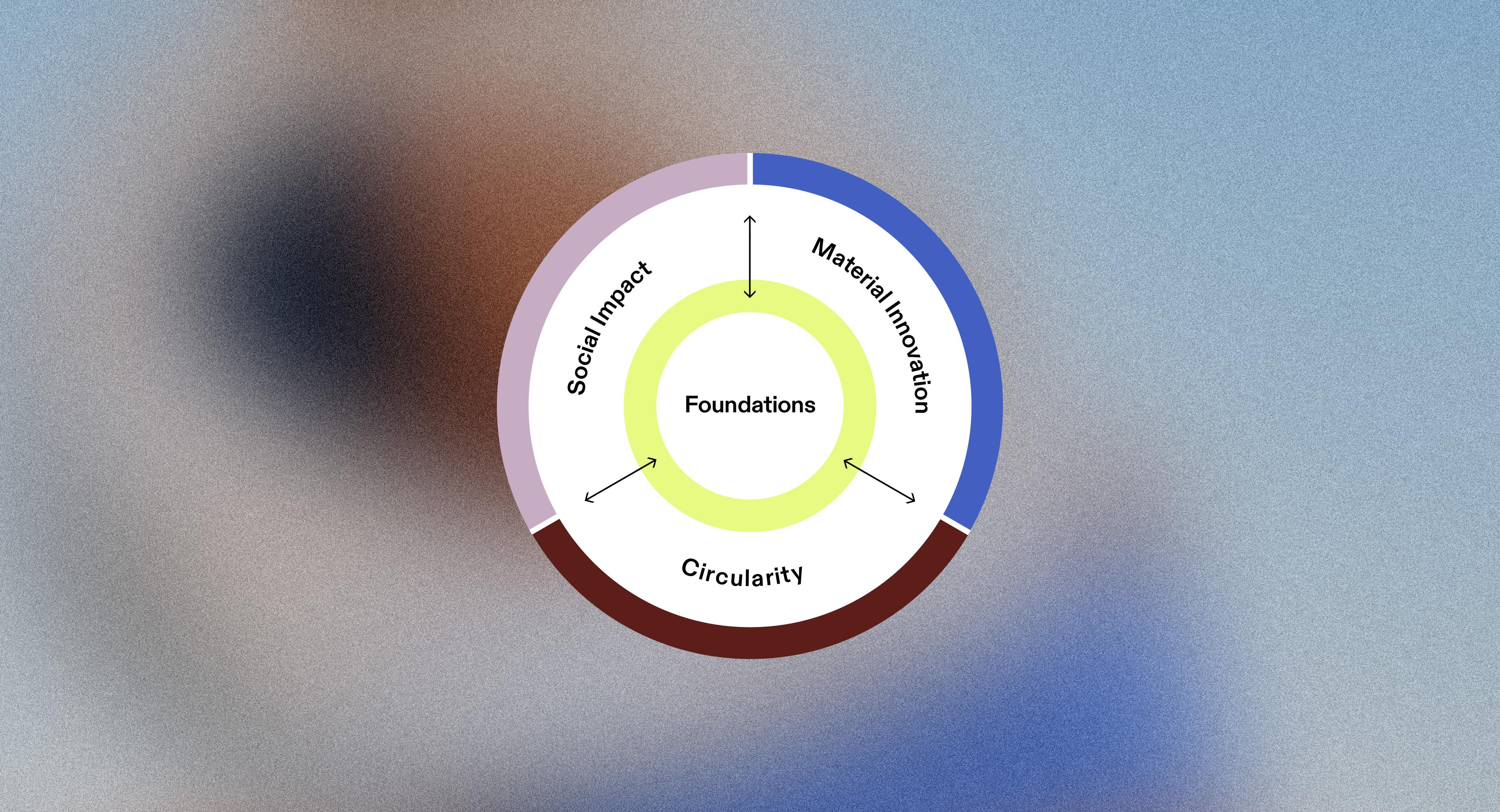
We’ve built a multi-layer approach to our impact strategy.
The new strategy retained some of our previously existing goals, making them clearer and more actionable, while also setting new goals that reflect our ambition as a company. A set of strong “Foundations” guide our entire approach to sustainability, and build discipline and continuous improvement into our approach. Upon this, there are three pillars where we believe we can make the most difference: Social Impact, Material Innovation, and Circularity.
Within each of the pillars, there are clear and measurable goals in a mix of what we call core goals – ones that have real-world impact; and enabling goals – ones that do the capacity-building needed to pave the way for future core goals. By creating the sections and goals, we have determined the ways in which each goal can be achieved in action.
While the process took over 8 months to develop, with a huge research component, we created the new framework in a way that it can evolve and change over time. While the three pillars and our Foundations remain a fixed structure, we know our focus areas and goals within them can change over time: they will be reassessed and refined as the needs and contingencies of our people and planet evolve.
We will continue to evaluate, iterate, and learn, keeping ourselves accountable. We publish how we’re tracking on an annual basis. In our latest Impact Progress Report you can go into detail exploring our pillars, goals, and the data we collected in 2023.
